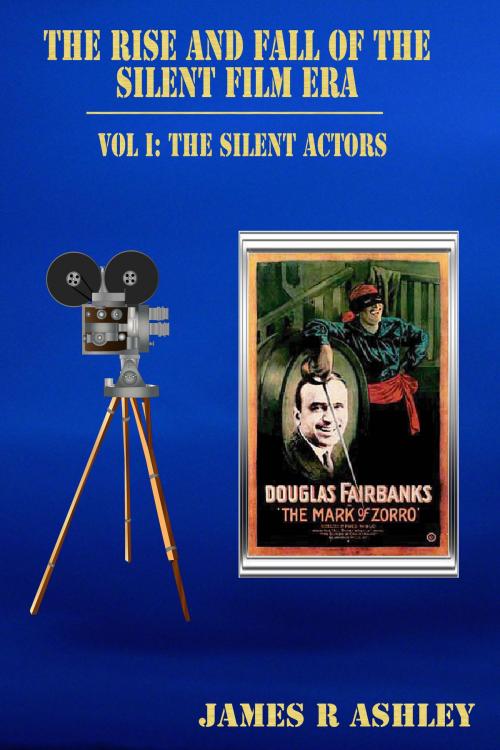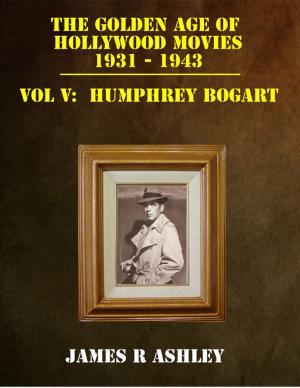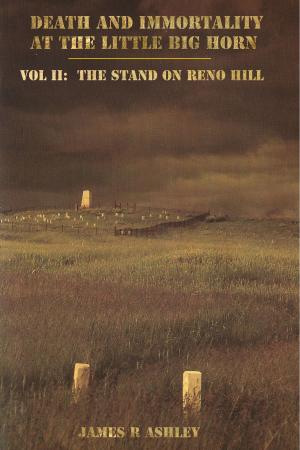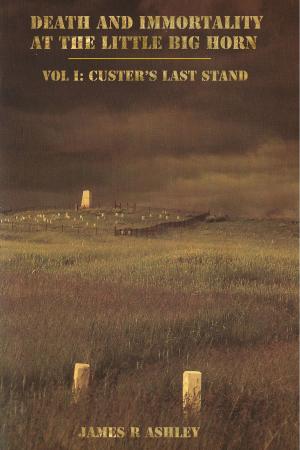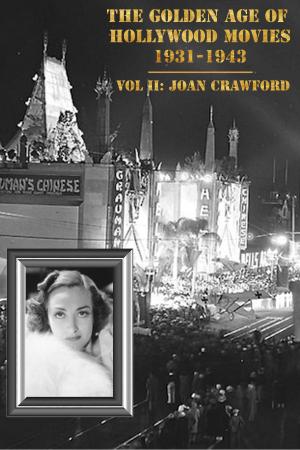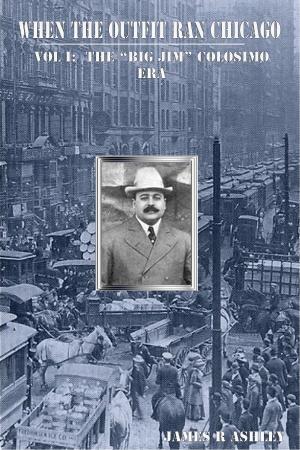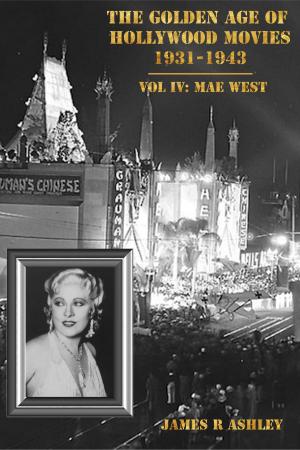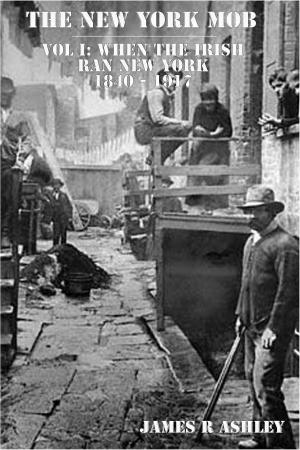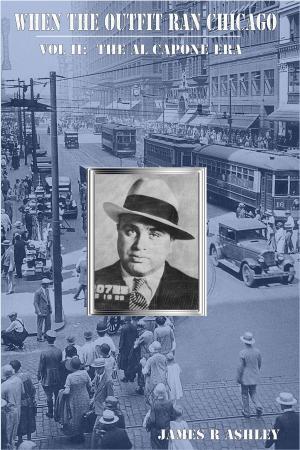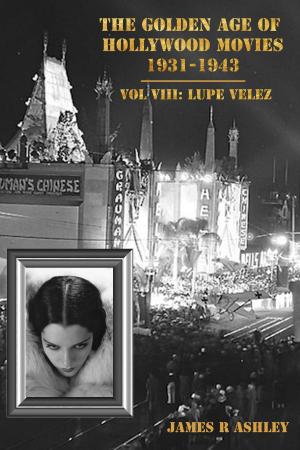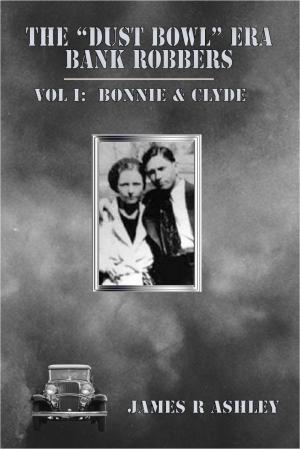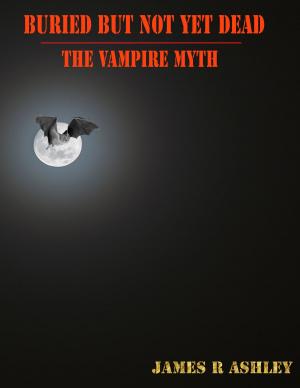| Author: | James R Ashley | ISBN: | 9781301390045 |
| Publisher: | James R Ashley | Publication: | July 22, 2013 |
| Imprint: | Smashwords Edition | Language: | English |
| Author: | James R Ashley |
| ISBN: | 9781301390045 |
| Publisher: | James R Ashley |
| Publication: | July 22, 2013 |
| Imprint: | Smashwords Edition |
| Language: | English |
The motion picture industry started out ridiculed and despised at the end of the 19th century and beginning of the 20th Century. The first motion pictures in the 1890s were shown in vaudeville; then in penny arcades; then in nickelodeons, named after the price of admission. In the penny arcade you deposited a penny in a small machine and saw though an eye-piece a number of cards flip by in rapid succession, simulating movement. Later the machines would accommodate a small filmstrip spooling by.
Nickelodeons were a step forward in some cases and a step backwards in others. Patrons could now see a 30-minue moving picture displayed on a sheet or on a white wall for 5 cents. That was the good part. The bad parts were that there were virtually no coherent storylines, and the venues these films played in were in no way inferior to the “black hole of Calcutta.” They were frequently converted buildings with no widows; no ventilation; and frequently smelling of sweat, perspiration, and urine. Pickpockets and prostitutes regularly plied their trade in those sweatboxes to good effect, adding additional unpleasant smells.
With the lengthening of films from 1-reelers to feature films of 3- to 4- reelers, improved storylines were developed, and higher ticket prices allowed theater owners to upgrade their viewing premises. By the end of the silent film era high-end movie theaters were being designed after opulent European opera houses, complete with huge paneled rooms where wealthy women, with the assistance of their maids, could change their attire and jewelry during each of the 3 to 4 intermissions.
In two decades the silent film era actors had developed the art of pantomime to its highest level. But as night follows day the era ended almost quickly as it had begun. In 1927 the Jazz Singer was released and people became hooked on sound. Dialogue made most of the silent area comedians unfunny almost overnight, as their characters had been developed solely on pantomime. The remaining romantic leads now sounded ridiculous when their forlorn looks of love were translated into endless repetitions of “I love you.” Voices too doomed a number of the silent actors to extinction. In many cases the voice did not fit the public perception of the character, and loyal fans deserted them by the thousands. The final nail on the coffin was the Great Depression that dramatically changed public perceptions about what was funny or romantic in an era of steadily increasing misery and uncertainty for most people.
When the end came a few, like Chaplin, Lloyd, and Hart, retired comfortably on what they had saved from their careers; others were not so lucky. Fairbanks died young from a heart attack, having lost the will to live any longer; Keaton and Gilbert died alcoholics; Mix was virtually decapitated in an auto accident; Novorro was brutally murdered by two homosexuals he had hired; Reid died of drug addiction; Valentino died from septic pneumonia; and Arbuckle’s career was ruined by a false rape charge. It was an unhappy end for such exciting and carefree lives that those stars had once lived.
They are all gone now but what a trail they blazed across the night-time sky. They had entered a new and exciting industry and single-handedly elevated it into an art form (at least for a while). The way they dressed, the way they acted, the way they lived became the object of the greatest interest to their millions of fans who sought to emulate them in every way they could. For better or worse they set standards of behavior and expectations of that era. We cannot understand ourselves without knowing how we got here, and this book is written to shed some light on days long gone, when our grandparents had their lives forever altered by the great silent film actors during the golden age of the silent film era.
The motion picture industry started out ridiculed and despised at the end of the 19th century and beginning of the 20th Century. The first motion pictures in the 1890s were shown in vaudeville; then in penny arcades; then in nickelodeons, named after the price of admission. In the penny arcade you deposited a penny in a small machine and saw though an eye-piece a number of cards flip by in rapid succession, simulating movement. Later the machines would accommodate a small filmstrip spooling by.
Nickelodeons were a step forward in some cases and a step backwards in others. Patrons could now see a 30-minue moving picture displayed on a sheet or on a white wall for 5 cents. That was the good part. The bad parts were that there were virtually no coherent storylines, and the venues these films played in were in no way inferior to the “black hole of Calcutta.” They were frequently converted buildings with no widows; no ventilation; and frequently smelling of sweat, perspiration, and urine. Pickpockets and prostitutes regularly plied their trade in those sweatboxes to good effect, adding additional unpleasant smells.
With the lengthening of films from 1-reelers to feature films of 3- to 4- reelers, improved storylines were developed, and higher ticket prices allowed theater owners to upgrade their viewing premises. By the end of the silent film era high-end movie theaters were being designed after opulent European opera houses, complete with huge paneled rooms where wealthy women, with the assistance of their maids, could change their attire and jewelry during each of the 3 to 4 intermissions.
In two decades the silent film era actors had developed the art of pantomime to its highest level. But as night follows day the era ended almost quickly as it had begun. In 1927 the Jazz Singer was released and people became hooked on sound. Dialogue made most of the silent area comedians unfunny almost overnight, as their characters had been developed solely on pantomime. The remaining romantic leads now sounded ridiculous when their forlorn looks of love were translated into endless repetitions of “I love you.” Voices too doomed a number of the silent actors to extinction. In many cases the voice did not fit the public perception of the character, and loyal fans deserted them by the thousands. The final nail on the coffin was the Great Depression that dramatically changed public perceptions about what was funny or romantic in an era of steadily increasing misery and uncertainty for most people.
When the end came a few, like Chaplin, Lloyd, and Hart, retired comfortably on what they had saved from their careers; others were not so lucky. Fairbanks died young from a heart attack, having lost the will to live any longer; Keaton and Gilbert died alcoholics; Mix was virtually decapitated in an auto accident; Novorro was brutally murdered by two homosexuals he had hired; Reid died of drug addiction; Valentino died from septic pneumonia; and Arbuckle’s career was ruined by a false rape charge. It was an unhappy end for such exciting and carefree lives that those stars had once lived.
They are all gone now but what a trail they blazed across the night-time sky. They had entered a new and exciting industry and single-handedly elevated it into an art form (at least for a while). The way they dressed, the way they acted, the way they lived became the object of the greatest interest to their millions of fans who sought to emulate them in every way they could. For better or worse they set standards of behavior and expectations of that era. We cannot understand ourselves without knowing how we got here, and this book is written to shed some light on days long gone, when our grandparents had their lives forever altered by the great silent film actors during the golden age of the silent film era.
